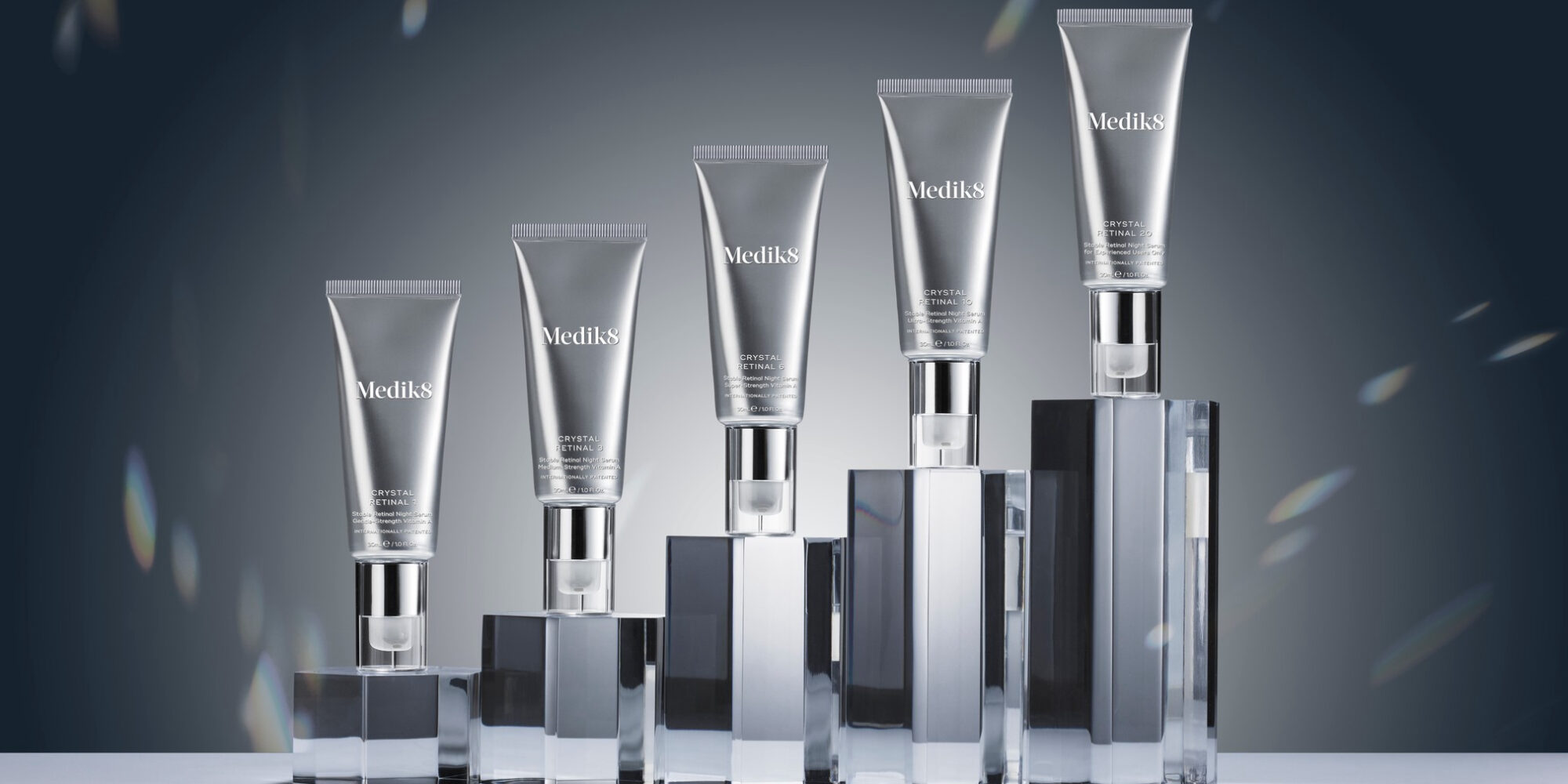
L’Oréal Chooses Science Over Social Media Buzz With $1.1B Medik8 Acquisition
When it comes to Medik8, L’Oréal interpreted CSA as “conduct strategic acquisition.”
CSA, an acronym for the brand’s skincare philosophy of vitamin C and sunscreen by day and vitamin A by night, is also among the many reasons why the world’s biggest beauty company is buying a majority stake in Medik8. Founded by the British scientist Elliot Isaacs in 2009, it’s established customer allegiance over time for the straightforward philosophy—citing data from market research firm Circana, Medik8 calls its bestselling Crystal Retinal the United Kingdom’s No. 1 dermatological face serum—and broken through beauty industry clutter with science-driven products that don’t require a doctorate to understand.
The deal, which the press has pegged at a value of 1 billion euros or $1.1 billion based on the current exchange rate, giving Medik8 about a rarefied about 13X multiple on its $70 million to $80 million in 2024 sales, reinforces the pull of science-backed skincare to large beauty conglomerates. Medik8 is on pace to hit $115 million in 2025 sales, giving it about a 9X multiple on the forward sales. In the year ending September 2023, it reported $56 million in sales and a 75.6% gross margin.
Inflexion, a private equity firm that acquired Medik8 in 2021—a year the brand generated nearly $40 million in sales—in a deal that valued it at over $210 million, retains minority ownership. L’Oréal has the right to scoop up the outstanding stake, however. Isaacs is staying on the board, and the current management team, led by CEO Simon Coble, is sticking around.
Medik8, a certified B Corp, is available at Space NK, Amazon, Dermstore, Sephora U.K., Harrods, pharmacies, spas and aesthetic clinics, but has a substantial presence in direct-to-consumer distribution. In the United States, where the brand entered last year, its sales have skyrocketed sevenfold. Fiona Glen, managing director at beauty consultancy The Red Tree, describes Medik8 as “one of the most recognized brands associated with vitamin A.” The brand holds a patent for stabilizing retinaldehyde, a form of vitamin A.
Along with $85 Crystal Retinal, Medik8’s bestsellers include $66 Liquid Peptides and $72 C-Tetra Advanced Gel-Serum. The brand blends and manufactures its products in a 100,000-square-foot innovation center near London. Its slogan is, “Results without compromise.”
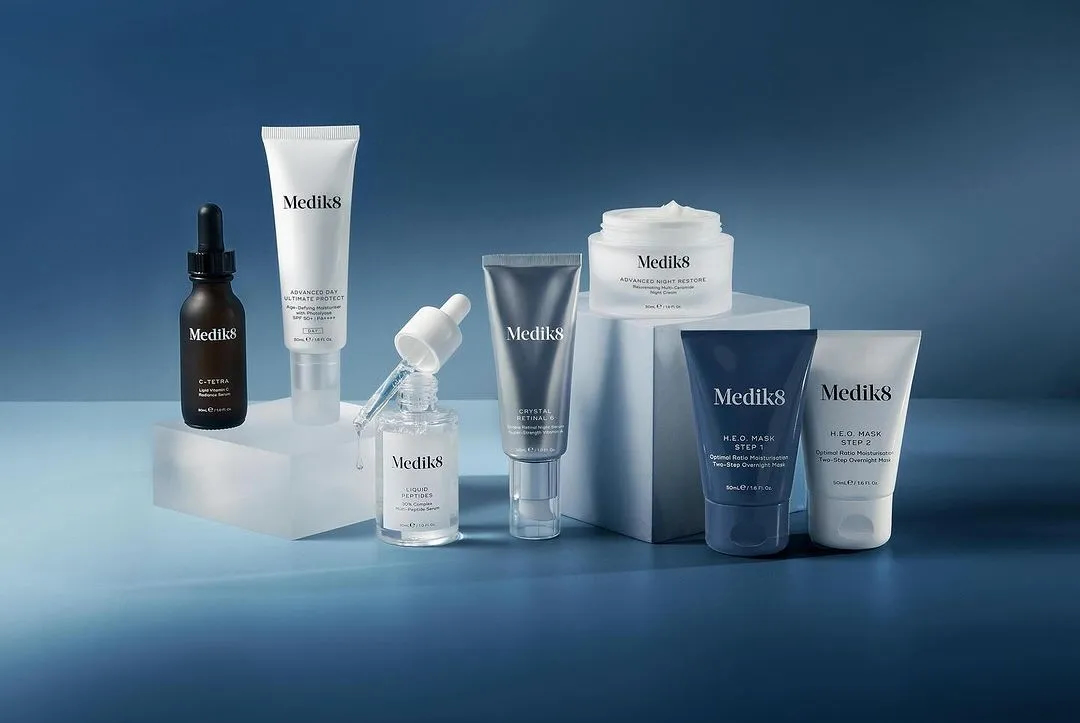
“L’Oréal isn’t just buying a brand, they’re buying into science,” says Tony Abboud, chief commercial officer at biotechnology company Core Biogenesis. “Medik8 was built by scientists and has always prioritized clinical data and real results. This move signals that L’Oréal sees the future of skincare in brands that are rooted in hard science and strong claims, not hype and fluff.”
Lorne Lucree, founder of Quiet Coyote Consulting, says, “Medik8 has been quietly building something very modern, it’s what I’d call a ‘new derm’ brand, sitting at the intersection of clinical credibility, ingredient innovation and an accessible prestige price point. It hasn’t relied on founder hype or aesthetic storytelling. Instead, it leads with retinaldehyde science, smart education and proof-first positioning. In a sea of brands with loud marketing, Medik8 wins by being legit.”
Lucree continues that Medik8’s sale demonstrates the power of product-led brands with prices largely in the $60 to $100 range. “Medik8 built obsessively around retinal innovation and never diluted that focus,” he says, elaborating, “It’s designed for the next-gen skincare consumer—digitally native, ingredients-savvy, looking for performance without paying $180-plus for it. Medik8 helps L’Oréal fill the ‘attainable derm’ white space that sits between mass and clinical prestige, especially relevant now as we face such uncertain economic times.”
In beauty mergers and acquisitions, Oleg Isakov, a principal in the consumer practice at global management consultancy Kearney, says L’Oréal’s purchase of Medik8 shows “performance-led, premium skincare remains a high-conviction space. Demand is structural, not cyclical—and dermacosmetics is where science meets scale. Therefore, acquisitions in this space remain promising.”
Addressing the purchase price, he adds it’s a “high” sales multiple, but “the brand’s strong 34% profitability signals premium consumer willingness to pay and confidence in the underlying technology.” He notes 34% is above L’Oréal’s average margin of 26% in its Dermatological Beauty division.
Benton Sturt, head of the consumer practice at investment bank Meridian Capital, says Medik8’s profitability proves that “today’s customer is highly educated and willing to pay a premium for proven efficacy. This deal validates a continued shift from the beauty counter to the lab that we’ve been seeing the last five years.”
“This move signals that L’Oréal sees the future of skincare in brands that are rooted in hard science and strong claims, not hype and fluff.”
Jamie Woodard, a partner at investment firm Conteur Capital, characterizes Medik8 as “a strong counterpoint to hyper-growth stories like Rhode’s.” E.l.f. Beauty committed to paying as much as $1 billion for Rhode about three years after it launched. Rhode’s founder and face Hailey Bieber has 55.1 million Instagram followers. Medik8 has 289,000.
Woodard explains Medik8 “played the long game. It operated independently for over a decade before taking private equity investment after 12 years and strategic investment after 16. That slow-and-steady approach paid off. They built durable growth and deeper consumer loyalty across Europe, with growing upside in the U.S.”
L’Oréal has a history of acquiring science-driven skincare brands that have played the long game. It acquired SkinCeuticals in 2005, CeraVe in 2017 and Skinbetter Science in 2022, 11 years, 11 years and six years after they launched, respectively. Medik8 isn’t joining those brands in L’Oréal Dermatological Beauty division, but is instead joining the L’Oréal Luxe division as its 25th brand. Other L’Oréal Luxe brands are Aesop, Kiehl’s Since 1851, Youth To The People and Lancôme.
L’Oréal Luxe’s like-for-like sales were up 2.7% last fiscal year to almost 15.6 billion euros or around $17.8 billion. It’s the second largest division at the company, which has four divisions. The third largest division, Dermatological Beauty, registered a 2024 sales jump of 9.8% to 7 billion euros or almost $8 billion. Skincare accounted for 38.6% of L’Oréal’s 2024 worldwide sales.
In the first quarter this year, L’Oréal Luxe’s like-for-like sales advanced 5.8% to 4 billion euros or roughly $4.6 billion, and Dermatological Beauty’s sales increased 2.7% to 2 billion euros or roughly $2.3 billion. Overall, L’Oréal’s first quarter sales rose 3.5% to 11.73 billion euros or about $13.4 billion. On Monday, the company’s stock price fell .64% to 378.90 euros or $432.92 on the Euronext Paris.
Discussing L’Oréal Luxe in a LinkedIn post on Medik8’s sale to L’Oréal, Isaacs emphasizes, “That placement really matters. Medik8 delivers clinical results, but without ever compromising on the experience – texture, fragrance, ethics, even that tissue paper folded just right. Luxe is where performance meets premium, and it’s the perfect home to keep scaling our mission.”
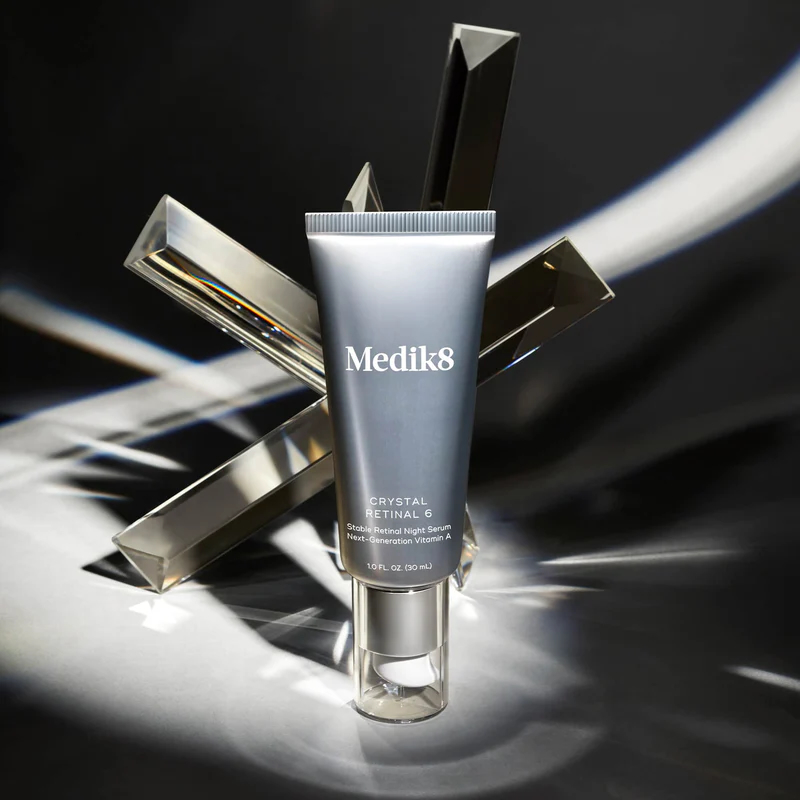
Woodard agrees that the placement matters. “It suggests L’Oréal sees Medik8 operating in that gray area where efficacy meets aspiration, a brand that’s fluent in clinical language and lifestyle cues,” she says. “It raises an interesting question about how L’Oréal will distinguish these categories going forward as more brands blur the lines between medical and luxury skincare.”
It could be important for Medik8’s distribution, too. Further penetration in specialty retail could be on the table. Woodard foresees Medik8 accelerating U.S. expansion while strengthening DTC and digital education. Immersive retail with treatments and skin health experiences could be in the offing as well.
“The key will be preserving Medik8’s scientific authority while scaling,” says Woodard. “The brand’s credibility thus far has come from years of restraint and focus, so the challenge will be to grow without diluting its expert-first voice or overextending the product line.”
Science alone isn’t enough to sustain a brand’s relevance, particularly if a brand doesn’t keep up with its latest advancements. If it was, Algenist, an early biotech skincare brand that derived its core ingredient, alguronic acid, from microalgae, might be a household name. On the plus side for Medik8, L’Oréal has had a good track record keeping SkinCeuticals, which grew sales a double-digit percentage last year, relevant. With SkinCeuticals’ standard-bearing CE Ferulic patent lapsing this year, L’Oréal could be turning to Medik8 for a scientific moat.
Glen highlights that a potential risk for Medik8 is L’Oréal tweaking its formulations—and disappointing loyal customers—to realize lower costs. She indicates it’s reassuring that Isaacs has stressed the formulas will be untouched unless for upgrades. Another potential risk is Medik8 complicating its message as it expands products and geographies.
“Some could argue that it’s too simple, but the CSA (vitamin C, SPF, vitamin A) methodology has remained consistent,” says Glen. “Simple sells, and the fact that this methodology innately and authentically encourages regime is marketing and retention gold.”
Click here to secure Early Bird tickets to Dealmaker Summit happening November 10 to 11 in London.
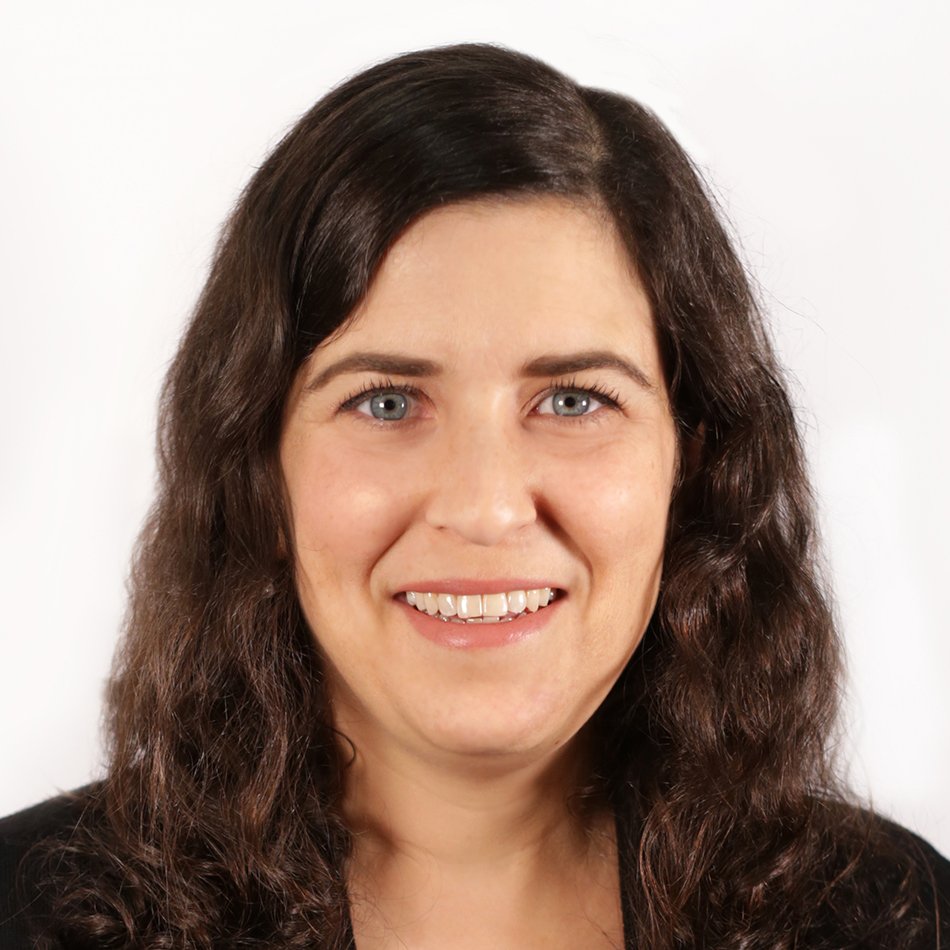


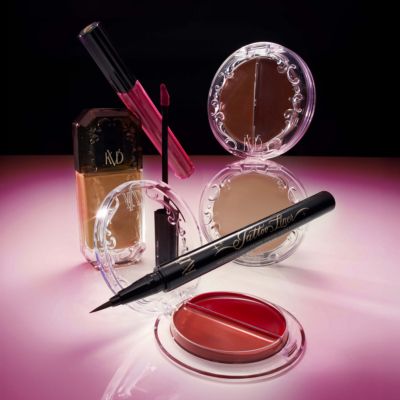
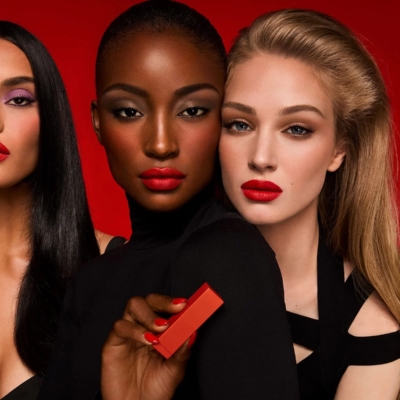
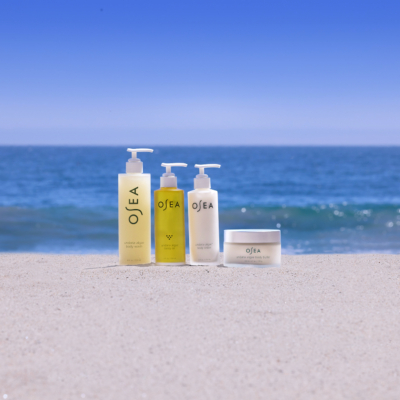
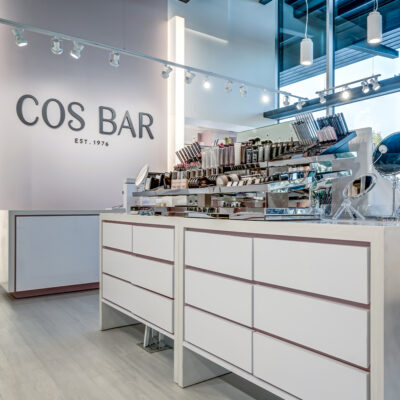
Leave a Reply
You must be logged in to post a comment.